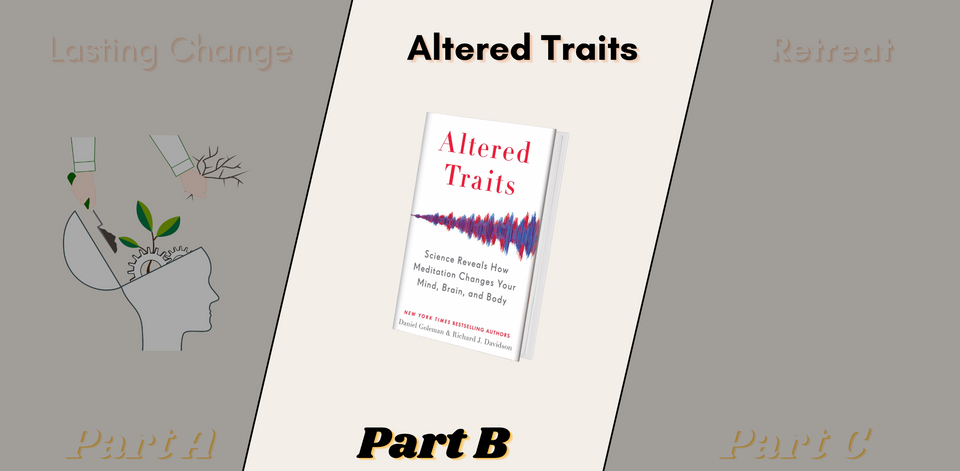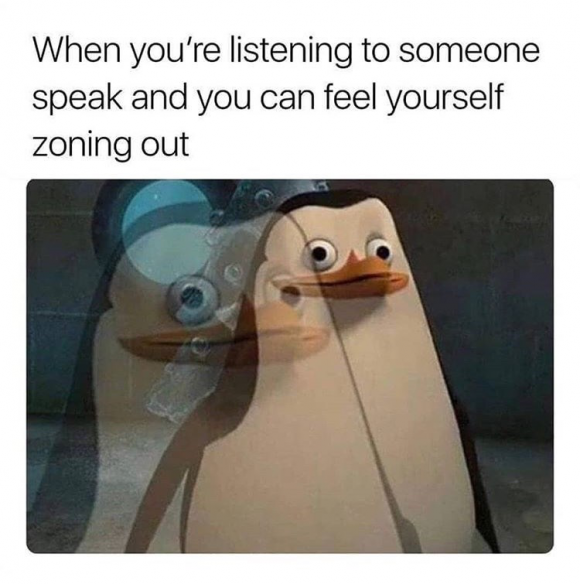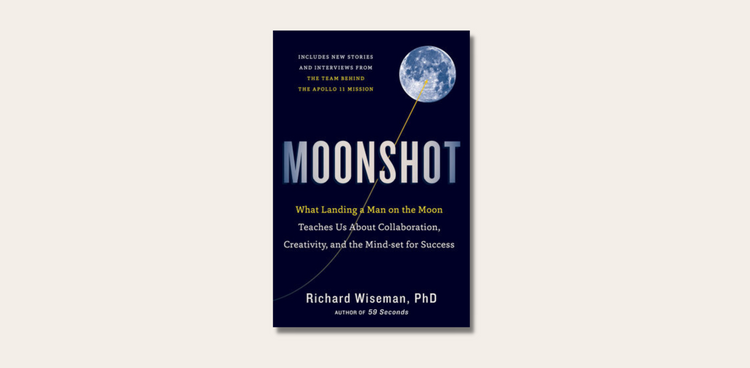Shutting up Part B: How Meditation rebuilds the Brain

This is Part B of my Meditation Series. Here's Part A (a Deep Dive into Neuroplasticity) and Part C (on my experience going on 10-Day silent retreat).
Why are Zen Monks so calm and happy? How do they focus for 12 hours a day while I get distracted every 5 minutes? Why don’t they get shaken by life’s ups and downs the way I do?
While some look for answers in spiritual claims of enlightenment, others will put it down to pure delusion. But Daniel Goleman & David Richardson felt there was more to it.
As postgrad researchers at Harvard in the 1970s, they decided to look for the answers in neuroscience. 50 years and plenty of brain scans later, we know their hunch was right: A monk’s brain indeed works differently.
Hundreds of MRI scans have shown measurable differences in the form and function of their brains compared to regular people. All those traits we picture when we think of buddhist monks - calm contentment, effortless equanimity and unwavering focus - have neurological mechanisms behind them.
“Well, isn’t that lovely for the monks.”, you might say. “But why do I care?”
Great question. The answer: They weren’t born like that. There’s no Tibetan contentment gene, no Adderall in their tap water to help them focus. Their brains weren’t inherently different at birth - they are simply a result of their meditative practice. And the best part: you don’t even need to shave your head and move into the woods to get there. It’s available to anyone willing to practice a little every day.
This is the central idea Goleman & Richardson explore in the book we’ll check out today:
“Beyond the pleasant states meditation can produce, the real payoffs are the lasting traits - Altered traits that shape how we behave in our daily lives, not just during or immediately after we meditate.”
Quick Reminder on States & Traits:
⌛ A state is a temporary condition specific to a moment - For example, being angry after receiving bad news.
🧠 A trait is an enduring pattern that applies to all moments - For example, your tendency to get mad when things don't go your way.
Which is a big claim. How is my meditation today gonna change my stress response in three weeks? We looked at the answer extensively in Part A: Neuroplasticity. As a quick recap:
Basically, whenever brain circuits activate together, their connection becomes stronger, which makes that activation easier the next time. You’re slowly building a dirt path into a road into a highway. It is through this gradual process that we learn to ride a bike - but it’s the same process that enables meditation to make us more focused, relaxed and content.
The crucial word here is gradual. This doesn’t happen overnight. You don’t get six-pack abs after working out once, and you don’t become perfectly Zen after meditating once. But that’s actually good news. The monks didn’t become suddenly enlightened after 20 years - they slowly restructured their brains over time.
That means you too don’t have to wait 20 years to see the results. Studies showed the dose-response relationship (→ the ratio of practice to impact) to be about 1:1 - meaning the neurological changes move along at the pace of practice. Practice more, change quicker. Take your time, and it takes time. The change is inevitable, you just control the speed.
So far, so vague. I’ve rambled on about these alleged changes for ages - but what exactly are we talking about?
Selective Attention
Selective attention refers to the capacity to focus on one element and ignore others. It’s a fancy way of saying “How well can you avoid distraction?” Meditators regularly perform significantly better in these focus tasks. Why?
To understand, consider what exactly happens in meditation. You constantly practice focusing on a single sensation while letting everything else pass. The brain learns to isolate the object of focus - and everything else drops back.
In the MRI scan, this shows up as an increased cortical specificity. Basically, the cortex (→ brain area) responsible for the object of focus (e.g. the visual cortex when watching a moving dot) is way more active than all the others. When you hear, you hear. When you see, you see. The rest gets to take a break.
Habituation
Human Attention is defined by getting used to stuff: When something stays the same, the neural response to it decreases. Think about the smell of perfume: The moment you put it on, there’s an intense fragrance - but ten minutes later, you barely notice it.
On a neural level, this is the reticular activating system (RAS) at work. It’s designed to filter out stimuli that can’t hurt you, so attention is always ready to notice the tiger in the bush. And since repeated stimuli don’t feel dangerous, they get filtered.
This was a great idea when we were living in the jungle. But the brain never adapted to our new home in the urban jungle. We don’t live in constant danger anymore. Still, everything familiar gets muted by the RAS.
The result is a loss of magic. Experience can become dull; lose its vividness and colour. What was exciting before becomes boring quickly - This is Hedonic Adaptation.
Not in meditation, though. Zen practice, for example, teaches practitioners to cultivate what’s called Beginner’s Mind. It’s a sort of curiosity, recognising that each moment has never arisen the way it does now. Cultivating mindful attention on the present moment teaches the brain to remain with a stimulus as long as it is there - until it inevitably passes. In the MRI scanner, this shows up as sustained levels of neural response to repeated stimuli.
In reality, it simply shows up as a more detailed, vivid here and now.
I wanna speak to your Manager.
There’s one more concept I’d like to share. This is operative connectivity. You see, with all the different areas doing their thing, sometimes you need a manager. The prefrontal cortex loves that job. It has connections to most other areas that allow it to quiet their activity on request.
However, no one loves being told “Shut up!” by a stranger. To be convincing, you need a good connection. And how do you get there? Remember - Neurons that fire together, wire together. Every time the prefrontal cortex regulates another area, their connection grows stronger. In the beginning, this takes a lot of effort and time. But with each attempt, it gets a little easier until, at some point, it happens automatically in everyday life. This is - in very metaphorical terms - operative connectivity.
Sweet. But what does all of that actually mean in my day-to-day? Well, the impact is pretty extensive, but let’s focus on two specific areas: The Amygdala and the Default Mode Network.
Drama Queens
The Amygdala is probably the most famous brain area, known for its role in movies like “Oh my god, everything is falling apart” and “Why must this happen to Me???”. It specialises in intense emotional reactions, fully taking over our attentional circuits in what's called Amygdala Hijack. This is the state commonly known as Fight-or-Flight (Fun Fact: The full name is Fight-Flight-or-Freeze) and comes with a complete breakdown of cognitive control. When the Amygdala declares a crisis and takes over, reason goes out the window.
Its strong connection to our attentional circuits explains why when something worries us, the brain will come back to it over and over and over again. Stopping these spirals can be incredibly challenging. But I’m sure you can already guess what helps tremendously: Operative Connectivity. Meditators build a 5-lane highway between their prefrontal cortex and Amygdala, allowing them to intervene when our drama queen cortex is getting ready for the performance of a lifetime. Put simply: The stronger the link, the less a person will be hijacked by emotional ups and downs. Sustained Amygdala Hijack requires attention to constantly return to the thing we're worried about - otherwise it dissipates within minutes. So the sooner we regain a say in where our attention goes, the sooner the drama fizzles out. A 5-hour emotional breakdown slowly becomes a 3-hour emotional distress only to eventually turn into a 5-minute hiccup in your day.
Wandering Ways
The Default Mode Network was the star of my series examining why we struggle with just being for a moment. Feel free to check it out for a Deep Dive, but here’s a quick rundown:

Most meditative practices teach us to recognise when our minds wander and bring our focus back. “Bringing the focus back”, in this case, is nothing but the prefrontal cortex quieting the Default Mode Network. So every time you lose focus and bring it back, you’ve just built more Operative Connectivity.
The stronger the link, the better you get at quieting the monkeys - which over time shows up in the MRI as less and less activity in the Default Mode Network. In reality, this has two main effects:
- Your mind wanders less. Becoming more present with whoever you’re with instead of going off on adventures in your head. You spend more time in reality.
- Letting go of Ego. Because you spend less time curating this sense of self, thoughts and emotions lose their “stickiness”. There’s just less pull to go down the next spiral.
The Gym
Alright, you made it. I know that was a lot. If you take away anything from this post, let it be this:
Your attention defines your reality. Not in a new-age “law of attraction” kinda way, but quite literally: Conscious experience is simply a sequence of the things you chose to focus on each moment. But here’s the twist: As a Harvard study showed, we spend about half of our waking hours not even choosing. Instead, the monkey mind just wanders around aimlessly. But it doesn’t have to be that way.
You can train your mind just like you train your body. Meditation isn’t an esoteric excuse by people that wanna feel better for sitting around doing nothing - it’s going to the mental gym. Just like the physical gym, seeing results takes regular practice. And just like the gym, the effects extend far beyond the intended result.
Working on your quads doesn’t just give you big legs, but increases your cardiovascular fitness and vertical jump. Working on your attention doesn’t just quiet the monkeys, but increases life’s vividness and your resilience.
If you work on your physical health, consider working on your mental health too. They both deserve it.
Obviously, a brief post can only cover a fraction of what a book can. For a full rundown of what meditation can do for us - and can't do (-> the authors are very adamant about debunking claims that have no proof) - check out Altered Traits here. And if you want something between Blog Post and Entire Book, check out my full notes on the book here.




Comments ()